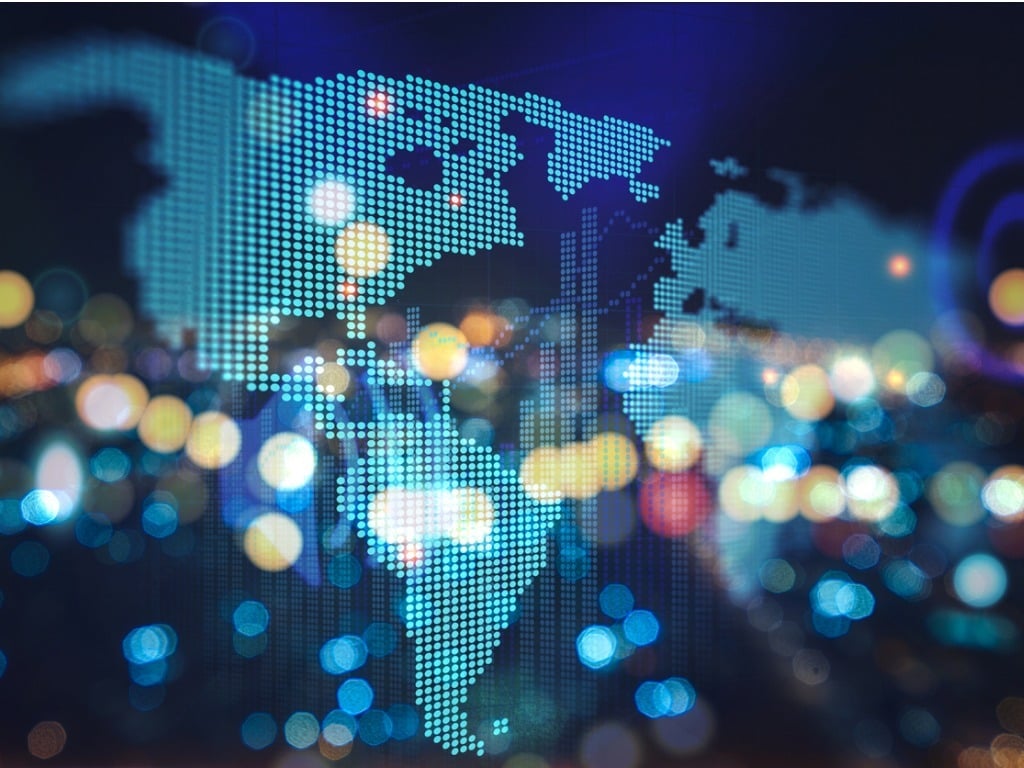IoT analytics is the use of data analysis software, tools, and processes to make sense of and extract insights from the large volumes of data that are generated and collected by IoT devices. This data can be used by businesses and organizations in a wide variety of settings and industrial verticals to make smarter, better-informed decisions.
Connected devices across industries are as disparate as healthcare, transportation, consumer tech, government, industrial automation, and more work with thousands or even millions of connected devices. These devices collect vast amounts of relevant data. What IoT analytics does is help organizations working in these industries collect, store, and process that data. Data without analytics is comparable to having answers without knowing what the questions are.
When we speak of IoT analytics, the focus is usually on its applications in industrial IoT. Industrial IoT enables companies to collect and analyze information from sensors on pipelines, smart meters, delivery trucks, manufacturing equipment, and other types of machinery. However, the benefits of IoT analytics go beyond industrial and manufacturing settings and it offers rich use-cases in other areas such as healthcare, retail, supply chain, and more.
The next sections describe in more detail how IoT analytics can be used in these different settings.
Leading Applications for IoT Analytics
Any company that operates or manages connected devices can benefit from IoT analytics. Here we outline common use cases for IoT in different industries and sectors.
Industrial Automation
IoT analytics has gained considerable traction in the industrial and manufacturing sectors. Industrial manufacturers can use IoT analytics to understand processes better and make advancements towards system automation. According to consulting firm ABI, the sales of industrial automation robots are set to triple by 2025, with an estimated 40% of factory jobs projected to be replaced by robots. These robots will be connected on a network, allowing manufacturers to use process handling data from their robots to streamline operations further. Thanks to the data generated by robots and other connected devices on the same or similar networks, factory managers can make decisions that will improve productivity, reduce error rates, substantially decrease the time needed to execute specific functions, and lower costs in the process.
Healthcare
IoT spend in the medical and healthcare industries is projected to cross $160 billion this year, making them two of the fastest-growing IoT sectors in the world. Many healthcare executives believe that IoT will disrupt the current healthcare sector in positive ways. IoT data in the healthcare sector can be collected from a variety of devices, such as personal fitness trackers, life support equipment, pharmaceutical inventory and tracking devices, and more. Thanks to IoT analytics, healthcare, and insurance providers can use connected devices to modernize their facilities, plan with more certainty, reduce manual process costs, and improve patient care.
Consumer Technologies
Another big area for IoT is the consumer technology space, otherwise known as consumer Internet of Things or CIoT. Consumer IoT companies can gather user data – with their permission, of course – from devices such as mobile phones and apps, fitness trackers, appliances, and vehicles. With IoT analytics, these companies can gain granular insights into how their consumers use their products, both physical and digital. These insights can be used to provide users with personalized services and provide consumers with better experiences across the board.
Transportation
Companies in the transportation sector can use IoT analytics to improve profit margins by tracking vehicles and digitally testing various transport hypotheses and fleet operations strategies. Based on device data, changes can be made that would improve fuel efficiency, monitor driver safety, avoid traffic congestion, and more. Furthermore, public transport systems can use IoT analytics to understand rider travel patterns better, allowing them to improve scheduling and resource allocation, reduce congestion, and improve public safety.
Government
Governments across the globe have started using IoT devices to increase the efficiency of government services while simultaneously allowing more people to have access to these services. IoT devices can help governments monitor their facilities, reduce maintenance costs, improve the safety and maintenance of roads, bridges, and other public assets, and measure the usage of utility services with the help of smart meters. Thanks to IoT analytics, governments can use IoT device data in conjunction with machine learning to better serve their citizens’ needs.
Weather
Weather companies such as The Weather Channel now operate as data companies. Such companies run and manage millions of sensors all over the world, and this allows them to track, analyze, and report changes in weather patterns almost in real-time. Using IoT analytics, weather companies can analyze data more quickly and predictions that are more accurate than those seen in the past.
Logistics and Supply Chain
In the logistics sector, IoT analytics can help companies analyze and make sense of many different operational data types such as device location, fuel usage, and travel logs of connected vehicles. With IoT analytics, companies can better sort and retrieve their data and make it more accessible to decision-makers and lay-users.
Why Deploy IoT Analytics
Leveraging the benefits of IoT devices is fast becoming more and more critical to business success. The IoT industry is expected to reach $1.3 trillion in value this year, with IoT devices outnumbering smartphones. With this growing number of devices and the data they generate, companies can struggle to understand and make sense of the information they collect. Increasingly complex datasets can only be made sense of using the right tools and analysis techniques. Therefore IoT analytics is fast becoming a mission-critical aspect to service delivery in many of the industries discussed above.
Deploying IoT Analytics
To deploy IoT analytics, you must evaluate the strengths and competencies of the vendors you will work with. Companies must think about the different devices, data sources, and analytical operations they need to improve systems and processes. Based on such a blueprint, you can check with shortlisted vendors to see if they can develop the APIs and data transmission networks and protocols that will work with the devices and within the architecture, you have in mind. Key services and system components that your IoT analytics vendor should provide include a user-friendly interface, machine learning features to streamline the work of the analysis team, and the right data protocols to lower maintenance and transmission costs while maintaining uptime and connectivity with your IoT device network.
Kajeet’s Solutions Engineers can help you plan, set up, and run an IoT program that optimizes data usage and ensures efficiency across all business operations. Whatever field or industry you operate in, we can help. Contact us today for a consultation with one of our IoT Solution Engineers.






.png)
